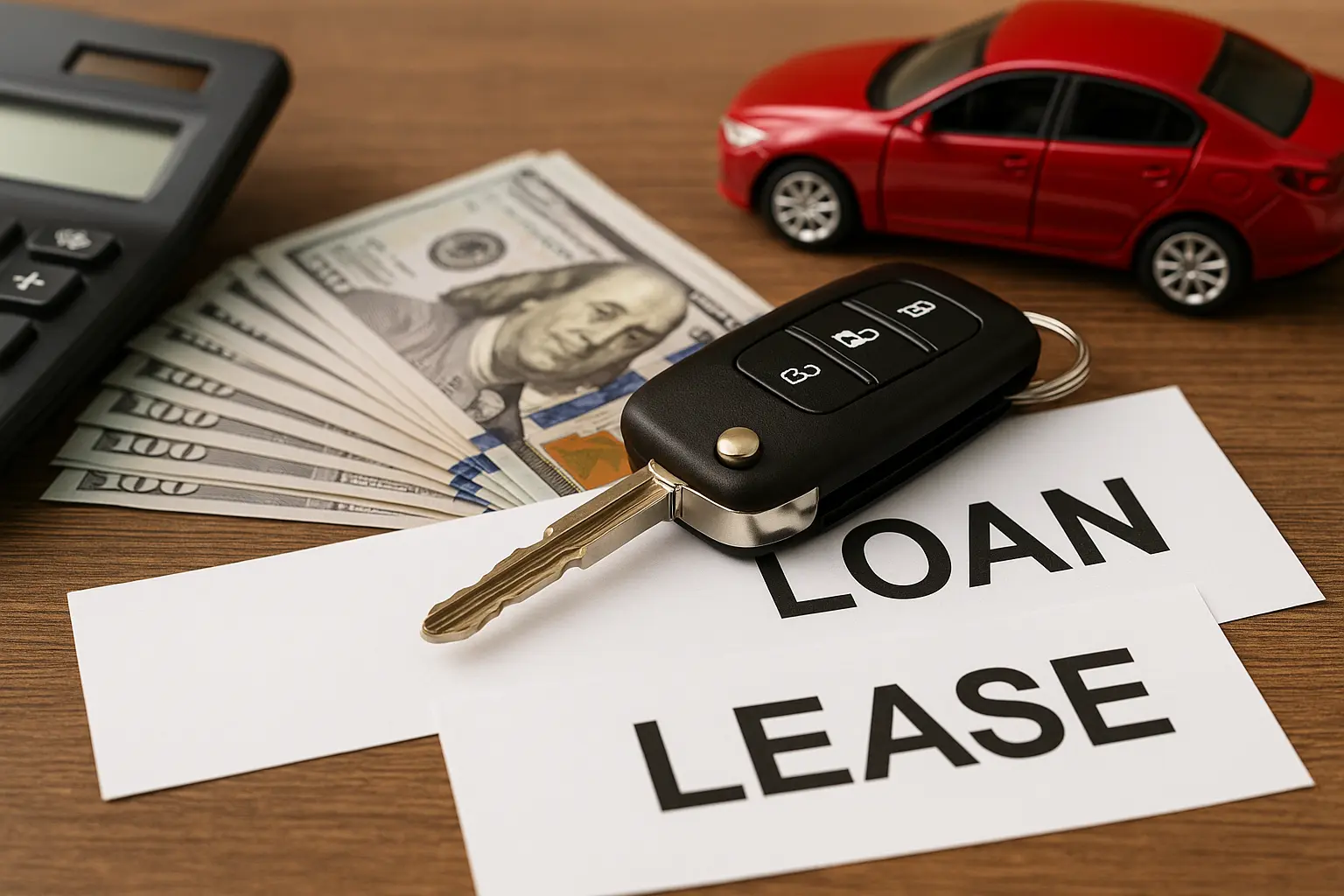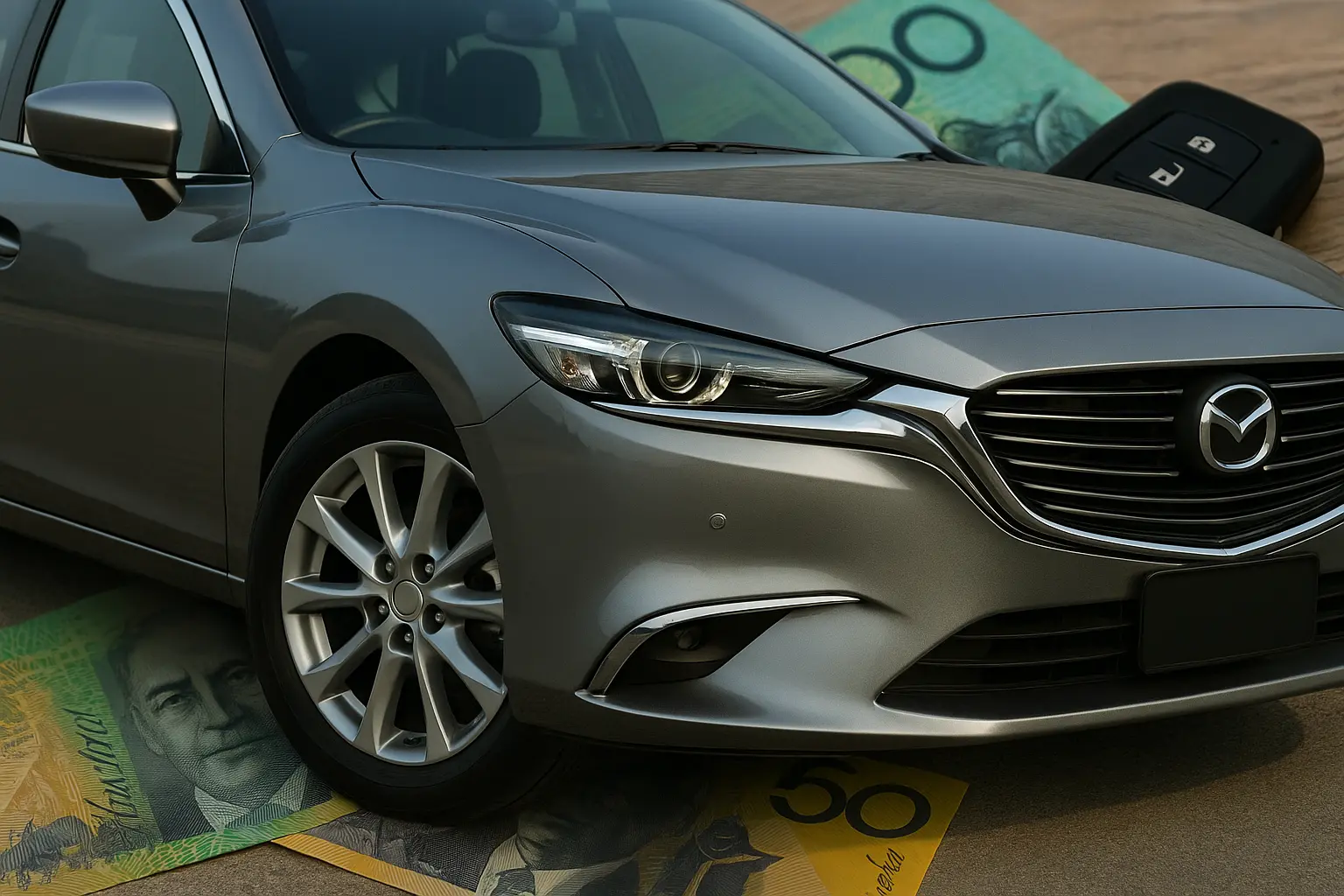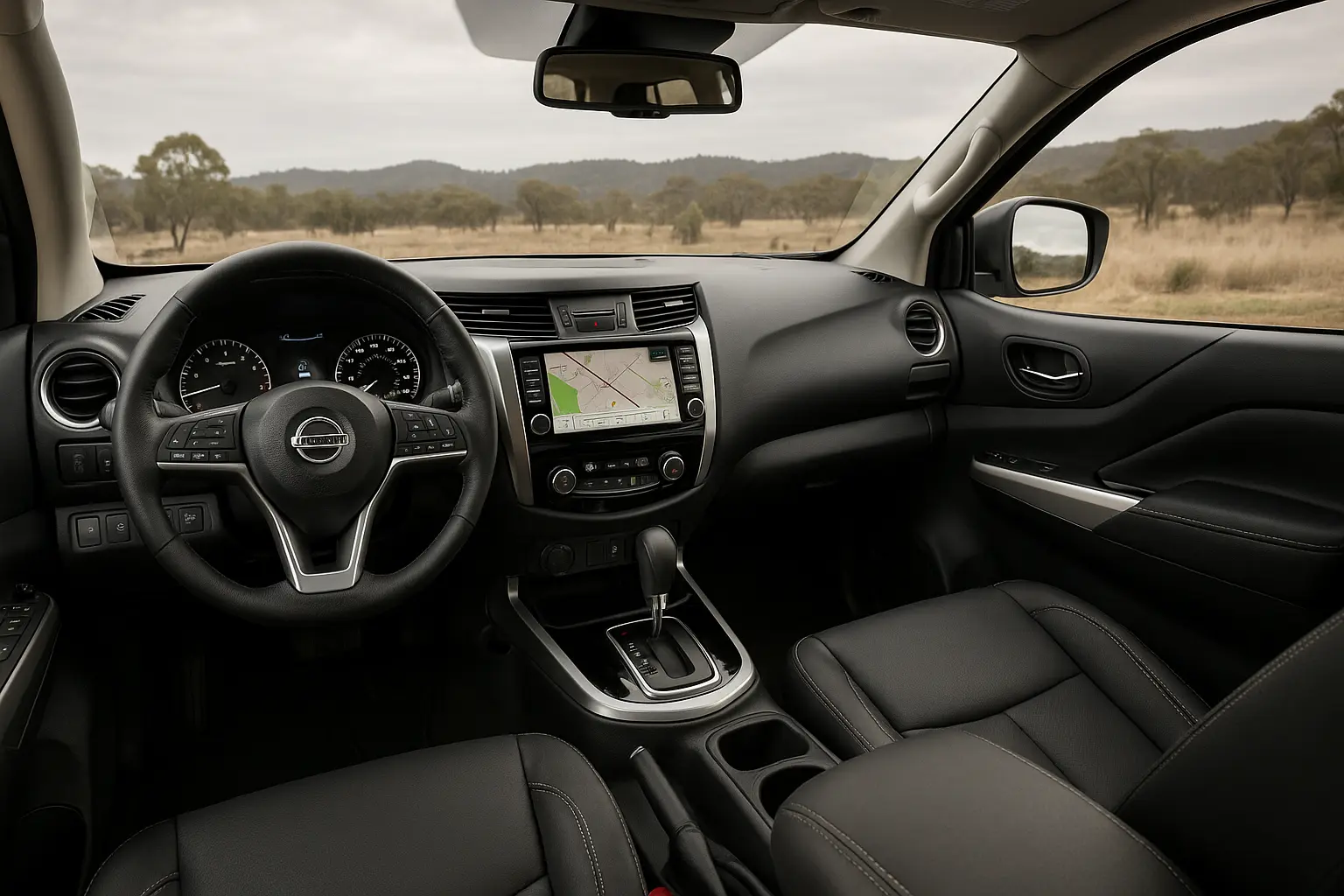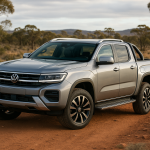Financing a car is one of the biggest financial decisions many Australians will make. Whether you’re buying your very first car, upgrading to a family SUV, or considering a premium electric vehicle, how you finance the purchase can have a long-term impact on your budget. With new lending rules, changing interest rates, and a variety of finance products available, it’s easy to feel overwhelmed.
This guide breaks down everything you need to know about car finance in Australia, from choosing between car loans and leasing, to understanding hidden costs and strategies for saving thousands of dollars in interest over the life of your finance agreement.

Why Car Finance Matters in Australia
Buying a car outright with cash is not always realistic. With average new car prices now sitting between $35,000–$60,000, most Australians rely on finance options such as personal loans, secured car loans, or novated leases. Choosing the wrong option can lock you into high repayments, balloon payments you can’t afford, or restrictive contracts that don’t suit your driving habits.
Smart car finance decisions don’t just save money—they give you flexibility. The right choice allows you to upgrade when your lifestyle changes, avoid unnecessary fees, and keep your household budget balanced.
Understanding Car Loans in Australia
Car loans are the most common way Aussies finance a vehicle. These loans are usually secured against the car, meaning the lender can repossess the car if repayments aren’t made.
Types of Car Loans
Secured Car Loan – Lower interest rates because the car is collateral. Most common option.
Unsecured Loan – No collateral, often higher interest rates but flexible if buying an older used car.
Fixed-Rate Loan – Interest rate stays the same, making budgeting predictable.
Variable-Rate Loan – Rate changes with the market. Can be cheaper but risky if rates rise.
Key Loan Features
Loan term: 1 to 7 years. Longer terms lower monthly repayments but increase total interest paid.
Balloon payments: A large lump sum due at the end of the loan, reducing monthly payments but creating a big final bill.
Comparison rate: Includes fees and charges, giving a more accurate cost than the advertised rate.
Car Leasing in Australia
Leasing can be attractive if you want a new car every few years without owning it outright. In Australia, the most common type is a novated lease, especially popular with employees through salary packaging.
Benefits of Leasing
Lower upfront cost than buying.
Often includes running costs like insurance, servicing, and rego.
Tax benefits if arranged through your employer.
Easy upgrades every 3–5 years.
Downsides of Leasing
You don’t own the car at the end unless you pay the residual value.
Mileage limits and condition clauses can cost you extra.
Long-term cost can be higher than buying outright.
Leasing vs Loan: Which Is Better?
Choosing between leasing and a loan depends on your financial situation, lifestyle, and how long you plan to keep the car.
Best for ownership: A car loan is better if you plan to keep the vehicle for 5–10 years.
Best for flexibility: Leasing is better if you want the latest model every few years.
Best for tax benefits: Novated leasing can save thousands for employees with salary packaging.
Best for control: A car loan gives you the freedom to modify, drive unlimited kms, and sell whenever you choose.
Saving on Car Finance Interest
Car loans and leases can come with hidden costs. Here’s how Australians can save money:
Shop Around for Rates
Banks, credit unions, and online lenders often have better rates than dealership finance. Compare at least 3–5 lenders.
Improve Your Credit Score
A higher score usually means lower interest rates. Pay bills on time, reduce debt, and avoid multiple loan applications in a short period.
Negotiate Loan Terms
Dealers want to sell cars, not finance, so negotiate the car price separately before discussing finance.
Consider Extra Repayments
Paying fortnightly instead of monthly, or making extra payments, can save thousands over the life of the loan.
Avoid Long Loan Terms
While a 7-year loan lowers monthly payments, you’ll often pay much more interest overall compared to a 3–5 year term.
Common Car Finance Mistakes in Australia
Focusing only on monthly repayments instead of the total cost of the loan.
Not checking the comparison rate, which includes hidden fees.
Taking unnecessary add-ons like GAP insurance or overpriced extended warranties.
Rolling negative equity from an old car loan into a new one.
Failing to read the fine print on balloon payments or early exit fees.
Practical Finance Tips for Aussie Car Buyers
Always check if you qualify for pre-approval before visiting a dealership.
Use online loan calculators to compare repayments.
Keep car finance repayments under 15% of your monthly income.
If buying used, ensure the car is eligible for a secured loan (older cars may require an unsecured personal loan).
Consider refinancing if rates drop significantly during your loan term.
Finance Options for New vs Used Cars
New Cars
Usually qualify for the lowest secured loan rates.
Dealerships may offer manufacturer-subsidised finance promotions.
Higher depreciation in the first 3 years, so finance costs matter even more.
Used Cars
Older vehicles may come with higher loan rates or require unsecured loans.
Be cautious of “cheap” finance tied to high-risk cars.
Pay attention to the car’s condition and ensure it has a clean PPSR check (no finance owing).
Car Finance and EVs in Australia
With the rise of electric vehicles, more lenders now offer green car loans with discounted rates for low-emission vehicles. Some states even provide additional rebates or stamp duty reductions. If you’re considering an EV, check for:
Green loan discounts.
Government incentives.
Charging infrastructure packages included with finance.
Should You Consider Refinancing?
If you took out a car loan a few years ago at a higher rate, refinancing could save you money. However, weigh the costs:
Break fees or exit charges.
Loan application fees with a new lender.
Whether your car’s current value is enough for a secured loan.
Final Thoughts: Making Car Finance Work for You
Car finance in Australia doesn’t have to be complicated. By understanding the difference between loans and leasing, comparing interest rates, and avoiding common traps, you can save thousands over the life of your finance. Whether you’re driving a small hatchback for city commutes or a ute for work and weekends, the right finance decision ensures your money works as hard as your car does.
Take the time to compare, negotiate, and plan ahead. A smart finance strategy is just as important as choosing the right car.
Leave a comment
Your email address will not be published. Required fields are marked *




















